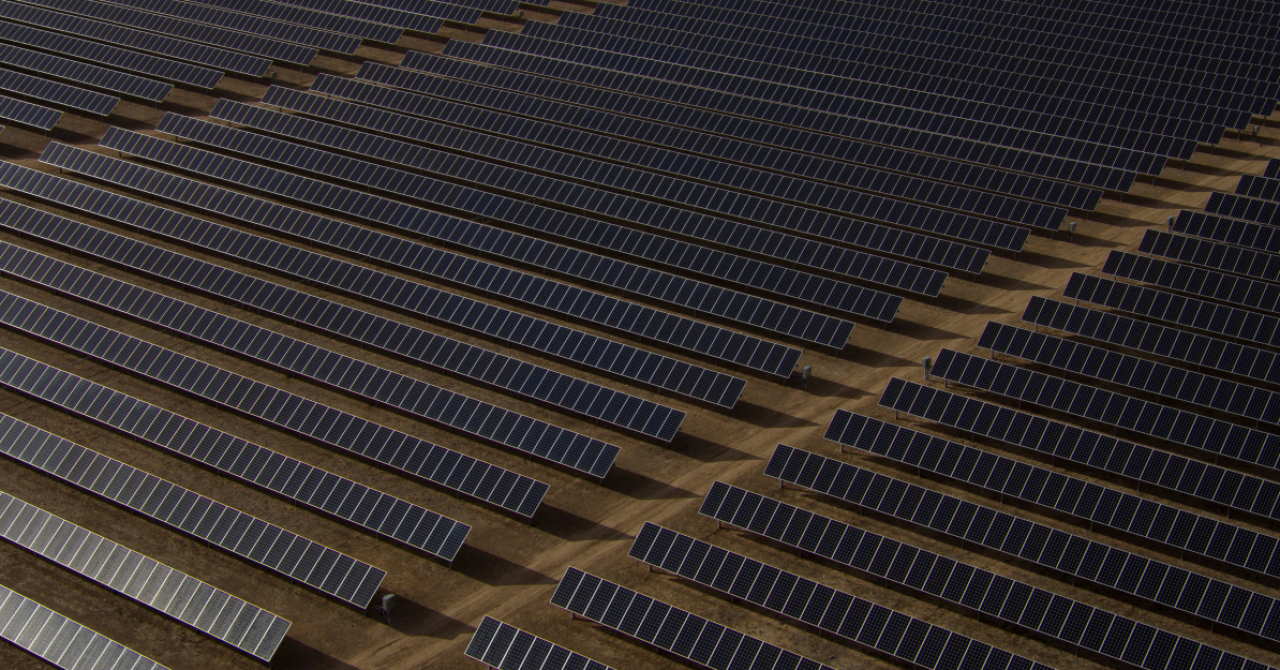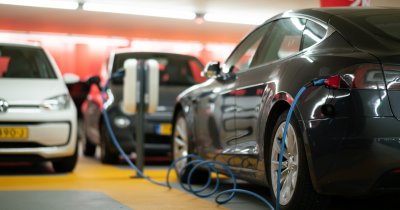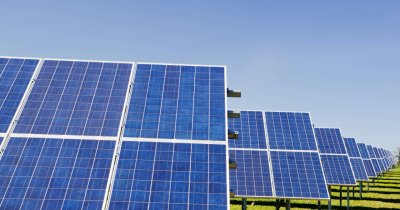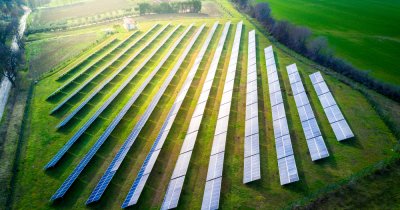Wired reports that, although the idea of implementing solar panels in airports is good in the way of generating clean, renewable energy, that would be as efficient as possible, these locations have a lot of rules that would prevent this kind of initiatives.
The potential would be pretty big, though, as shown by a report coming from Australia, which examined 21 airports in the country and came up to the conclusion that the usable open roof space area, which is the most protected from shadows, would be around 2.61 square kilometers.
To put things into perspective, the researchers also scanned the town of Bendigo, just north of Melbourne, which has around 17.000 residential solar panels installed, and they concluded that the airports could produce around ten times more energy than those residential panels.
This means that the airport-based solar panels would be able to provide energy for around 136.000 homes, with Perth airport being able to provide twice the amount of solar energy compared to the town of Bendigo.
The researchers also noted that with solarizing the 21 airports, we would be able to avoid around 152 kilotons (152.000 tons) of greenhouse gas emissions per year, which is the equivalent of around 71.000 cars off the road.
Since Australia is a very sunny country in itself, the authorities should invest more in commercial solar panels, since those could provide way more energy than panels mounted house by house, due to their size and efficiency.
Also, by solarizing airports, not only can the airports themselves get enough energy to function, but they can also export the energy excess to the grid.
Chayn Sun, Royal Melbourne Institute of Technology geospatial scientist, says that "not only can they be self-sufficient, they may have excess electricity they can send to the grid to supply the surrounding area."
Outfitting the roofs with solar panels is fairly efficient and straightforward, but the people in charge must make sure that they don't affect air traffic, as in the US, the Federal Aviation Administration (FAA) requires airport officials to prove that solar panels installed on the airport don't produce glare, essentially redirecting sunlight into the eyes of pilots or traffic control officers.
This shouldn't prove much of an issue, since modern solar panels are covered with a special kind of coating that removes glare, but officials still need to make sure that the panels they want to use are safe.
Another thing that the FAA is concerned about with regards to this is the fact that solar panels could interfere with the radar communication system.
Scott Morrisey, senior vice president of sustainability at the Denver International Airport, also notes the fact that mounting solar panels on existing roofs would require retrofitting, which adds to the overall cost, whereas new buildings can be built from the get go with solar panels in mind, so they are more cost-effective that way.
According to him "the fact that you are designing and integrating solar into that building makes it a lot more cost-effective than going back and trying to retrofit older buildings."
Airports around the world already make use of solar energy
Airports with older buildings could make use of solar panels installed on the ground, instead, in order to avoid the cost of retrofitting the buildings' roofs, and Denver Airport, for example, has a lot of ground space available, nearly 135 square kilometers.
Some project are in development in order to fit the airport with more solar panels, and when they will be completed, the airport's solar panel system should cover around 48.5 hectares of the available space, providing 25 to 30% of the airport's annual energy necessary.
As the cost of batteries drops as well, airports will be able to buy those as well, in order to store the generated energy.
For example, San Francisco International Airport's solar panel system produces around 4.6 megawatts of power, while the airport's peak demand is 55 megawatts. The officials are studying where they might add more solar panels in order to create a "microgrid" in order to charge a battery bank system that could be used in case of an outage, so that they won't have to rely on the generators for emergency energy.
Erin Cooke, the director of sustainability at San Francisco International Airport, says that "we can island and microgrid our buildings and leverage that renewable energy across different periods of the day."
Investing in solar panel systems isn't easy or cheap for airport officials, as they need to make sure that such a project makes financial sense from a business stand point, or they can ask the government for funding on such a project.
With the cost of renewable energy sources in decline, these investments might not only prove worthy for the long run, but they also might not put too much of a dent in the budget of the airport.
“We really feel like we've cracked the nut here, in terms of how we can do this in a way that we can put more solar into the system to power the airport, but do it in a really cost-effective way as well,” says Morrisey.
 Mihai - Cristian Ioniță
Mihai - Cristian Ioniță












Any thoughts?